One hundred years on…
Telling the stories of 1918 during the Centenary of Armistice year
During 2018, the centenary of the end of the First World War, the Australian War Memorial is sharing the stories of the people and battles that defined 1918 and shaped the Australia we are today.
Each month we’ll present a new theme, drawn from key events and activities during 1918, to increase understanding of what happened during that year and why it still matters today. There is a summary of this content below.
Follow the Memorial’s social media accounts for regular 1918 content throughout the year, and subscribe to our blog for long form articles about the First World War and other topics.
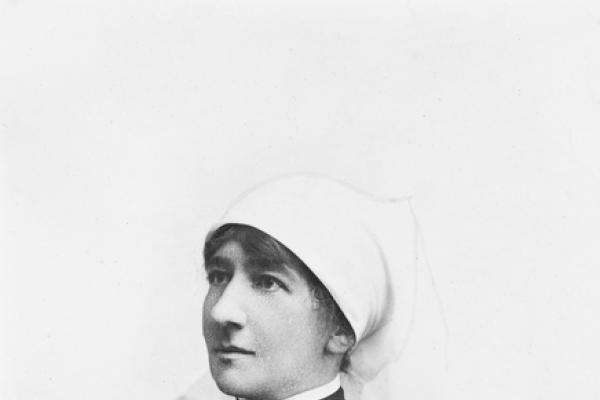
January – Changing times
After three years of war, the five divisions of the Australian Imperial Force (AIF) were combined and fought as the Australian Corps throughout 1918. Better training was in place and soldiers became more skilled in tactics and the use of abundant new weaponry. The role of nurses had evolved; by 1918 one in five nurses in British military hospitals was Australian.
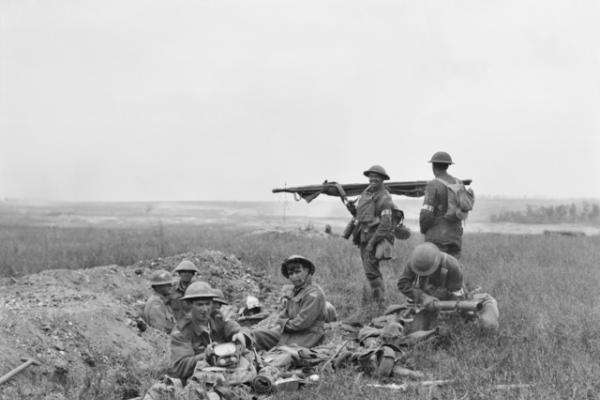
February – Out of the trenches
The scenery of war has changed from the monotony, hardship, danger and misery of confined life in trenches we typically associate with the First World War. Instead, open warfare takes place in the French countryside. Tanks and aircraft are used to support troops on the ground.
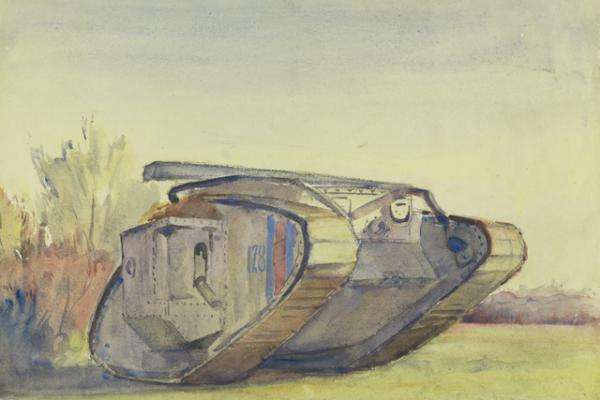
March – War of movement
No longer stuck in the stalemate of trench warfare, the soldiers fighting on the Western Front are engaged in a war of movement. We explore the tanks of the First World War, as well as the uniforms and equipment of the Australian Corps. Read more about the war of movement...
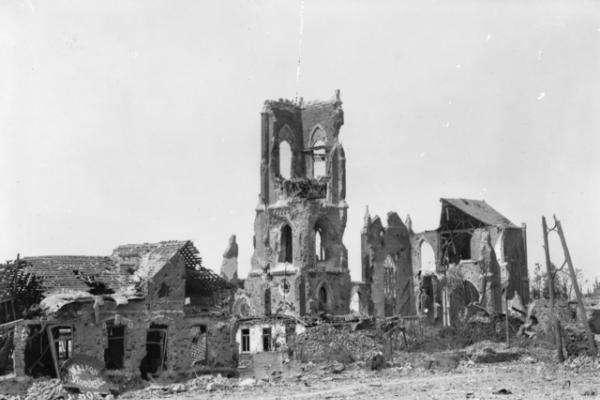
April – Our first victory
During April 1918 the Australian Corps achieved their first significant victory in the fighting on the Western Front at Villers-Bretonneux. However these brutal events came at a significant cost. Read more about our first victory...

May – Capturing hearts and minds
By 1918 the Australian Corps had made a name for themselves by delivering results that were beyond the expectations of the Allies. In France, the Australians delivering results beyond expectations and at the forefront of ‘turning the tide’ of the massive German offensive
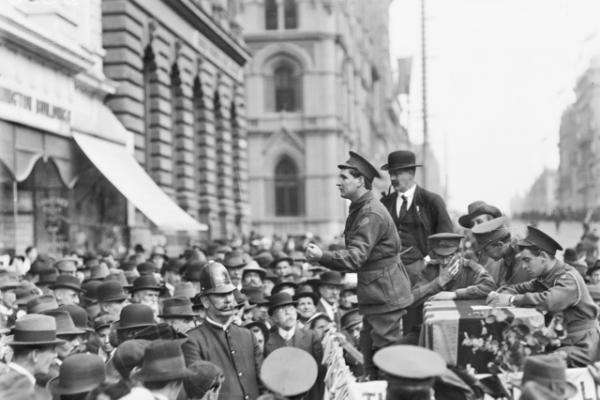
June – 62,000 volunteers
The Australian soldiers who served in the First World War were volunteers, including the 62,000 who made the ultimate sacrifice. Their motivations for volunteering varied, fighting for freedom or following in their footsteps of their brother or father. There were two conscription votes during the First World War, however neither referendum received enough support.
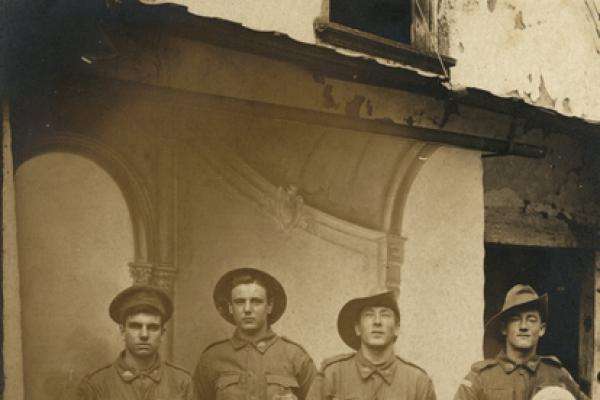
July – Mateship
On 4 July 1918 Australian Corps, led by General Sir John Monash, were victorious at the Battle of Le Hamel. Monash meticulously planned out the battle to last 90 minutes – it took 93 minutes. By this time in the war Australian soldiers had become highly skilled in combat. They provided training to the less experienced American soldiers who joined them to fight at Le Hamel. Over time, Australian and American forces built a mutual respect and mateship that endures today.
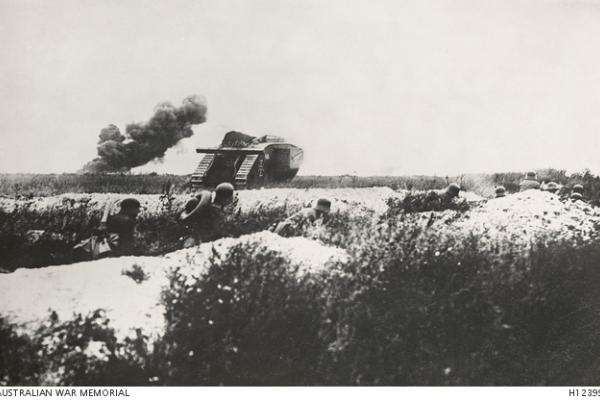
August – Turning the tables
By August 1918 the growing strength of the Allies is clear. Success at the Battle of Amiens on 8 August results in massive losses for the German forces and turns the tables towards allied victory. German General Ludendorff calls it the ‘Black Day of the German Army’.
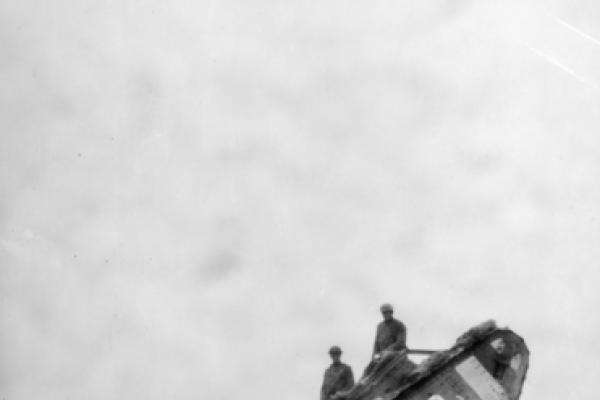
September – Breaking the line
There is a change in sentiment amongst allied forces by September 1918, as soldiers become increasingly aware they may be able to win the war. The final breaking of the Hindenburg Line on 29 September is a key victory for the Allies. Yet individual soldiers remained fatalistic about their own chances of surviving the war that had taken the lives of so many of their friends.
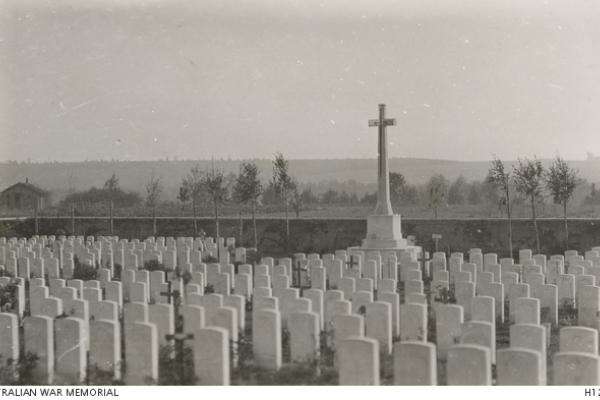
October – Remembering the cost of war
There were 62,000 Australian soldiers who died during the First World War. We remember them on the Roll of Honour at the Australian War Memorial. From 5 October to 11 November 2018 there will be a display of 62,000 knitted poppy flowers on the lawns of the Memorial to represent the sacrifice of the men who didn’t return home to their families.
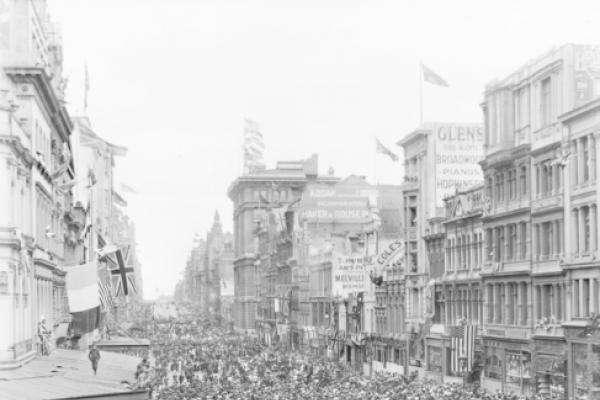
November – Victory
The Armistice that ended the First World War was signed on 11 November 1918. While there were joyful victory celebrations at home in Australia, troops on the front lines in Europe felt a subdued disbelief that the war was finally over after 4 long years. We explore the meaning of the minute’s silence, the poppy and rosemary as enduring symbols of remembrance.
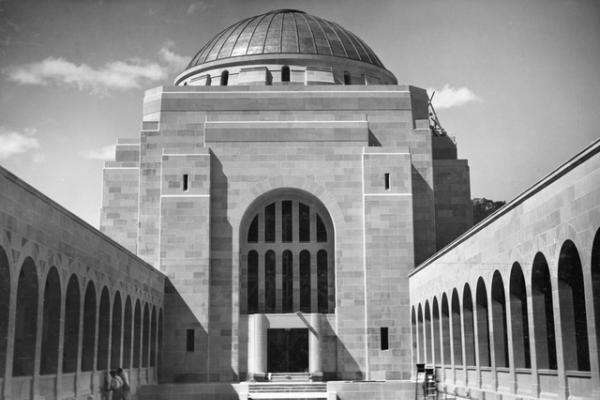
December – Aftermath
Although the fighting had ended, life in Australia could never return to what it had been before the First World War. On a ship returning from Europe, war correspondent Charles Bean devised a plan for the Australian War Memorial. Over time, small towns and big cities across Australia erected memorials to commemorate the men who served and died from their communities. By the 1930s there were approximately 1,500 memorials across the country.